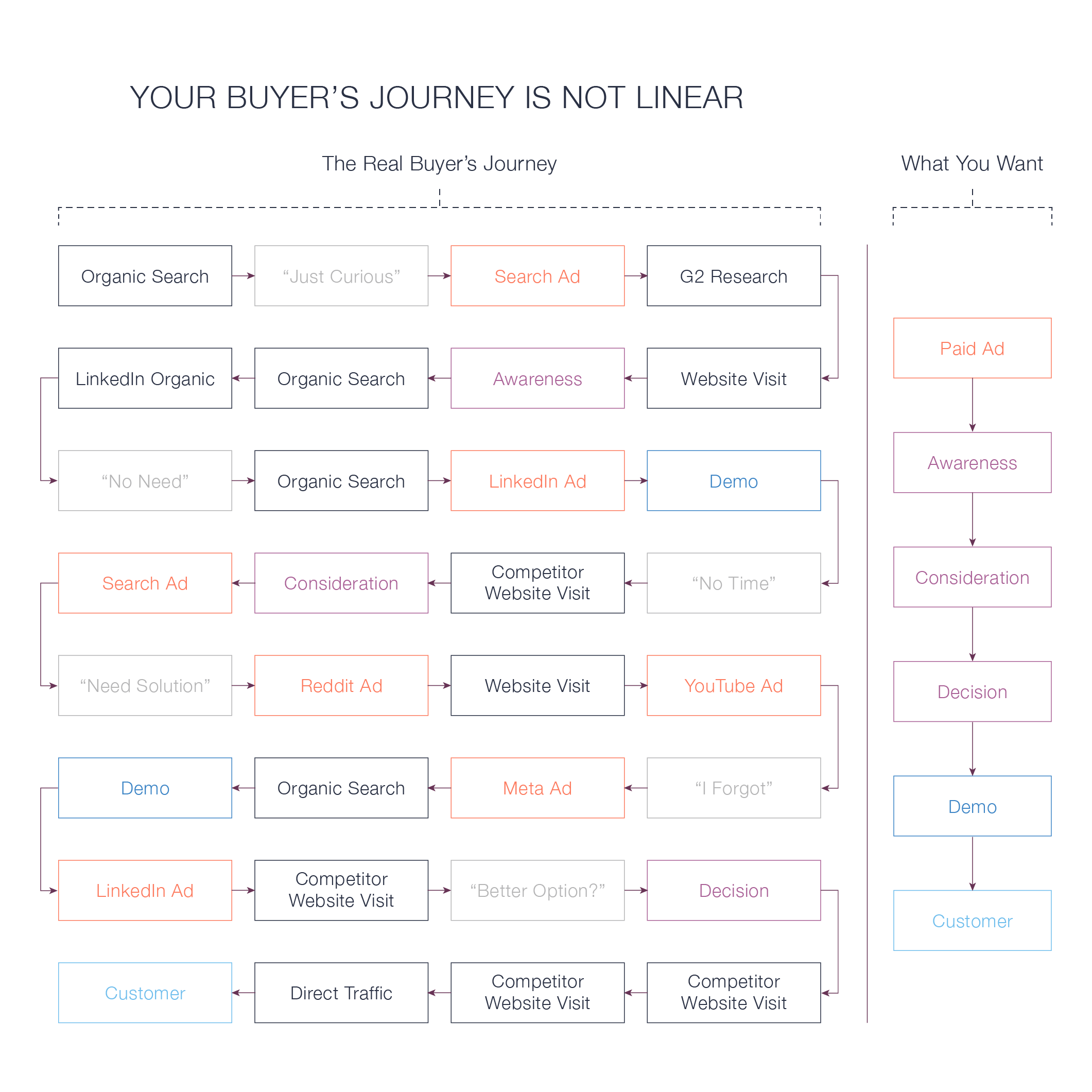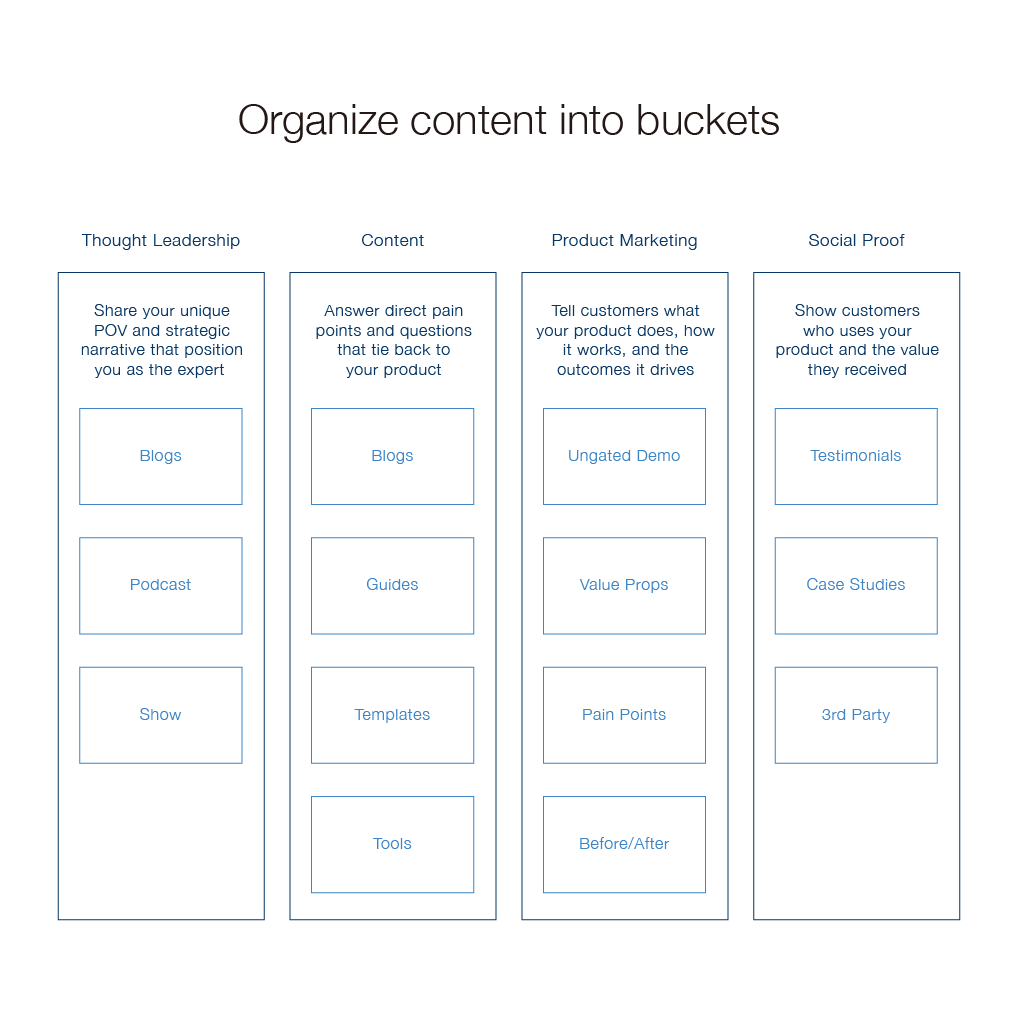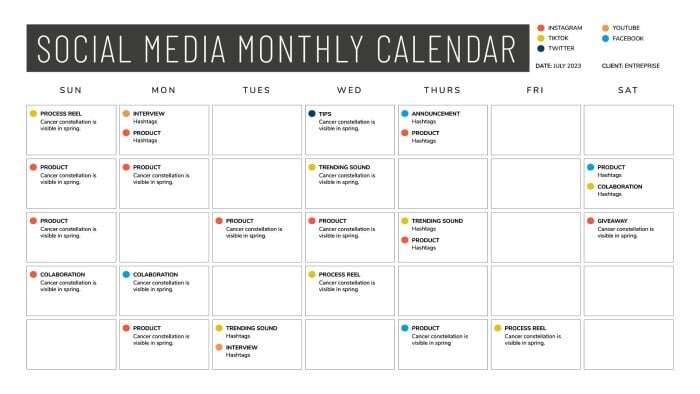Looking for effective ways to enhance your content marketing strategies in 2026?
This article presents the top 10 tactics you need to boost engagement, increase brand visibility, and drive business growth.
From setting clear goals to choosing the right formats for influencer marketing, these strategies are designed to keep a Chief Marketing Officer or head of marketing ahead in the ever-changing digital landscape and effectively present your company as a thought leader in your industry.
Key Takeaways
-
A documented content marketing strategy is essential for consistency and aligning efforts with business goals, as evidenced by 65% of successful teams maintaining one.
-
Setting clear and measurable goals provides a structured framework for content marketing efforts, facilitating accountability and the ability to adapt to market changes.
-
Understanding your target audience through data and feedback is crucial for creating relevant content, which significantly enhances engagement and effectiveness across various channels.
Understanding Content Marketing Strategy

Content marketing, when done right, can significantly grow your business. Having a robust content marketing strategy is key to achieving success. Documented content marketing strategies serves as a crucial roadmap for guiding your efforts.
Data shows that a well-planned successful content marketing strategy can yield substantial results for businesses. This comprehensive strategy involves using content marketing institute creating high-quality, valuable content that not only attracts attention but also provides real value to your audience, aligning with their interests and needs. Building trust, increasing brand awareness, and connecting with customers are key components of an effective content marketing strategy.
A good content marketing strategy can engage audiences, foster and improve brand awareness and loyalty, and promote business growth. It improves online visibility by enhancing search engine rankings and increasing organic traffic. High-quality and relevant video marketing content helps establish brand authority and trust with the audience.
Notably, 65% of successful content marketing teams maintain a documented strategy. This highlights the need for meticulously documenting your strategy. Documenting your strategy ensures consistency, alignment with company objectives, and simplifies tracking progress and adjustments.
With a well-thought-out content marketing strategy, you can attract, engage, and delight your audience, turning them into loyal customers and advocates of your brand. Let’s move on to the next crucial step: setting clear goals for your content marketing program.
Setting Clear Goals for Your Content Marketing Program
Defining specific goals in your content marketing strategy is crucial. These goals facilitate a focused approach, preventing distractions from the main objectives. Aligning your content marketing goals with your overall corporate objectives ensures consistent messaging and execution.
Typical content marketing goals include boosting brand awareness, generating leads, and enhancing customer engagement. For example, inbound marketing you might aim to achieve a certain percentage increase in website traffic within a set timeframe. Establishing a timeline for achieving these goals can enhance accountability and tracking.
Regularly reviewing and adjusting goals helps in responding to shifts in market conditions or audience behavior. This iterative process ensures that your content strategy framework remains relevant and effective. Defining clear KPIs aligned with new objectives is key to measuring the success of your content strategy.
Setting clear, measurable goals provides a framework that guides your strategy and helps achieve company objectives. Next, we’ll discuss how to identify and understand your target audience to ensure your own strategy and content resonates with the right people.
Identifying and Understanding Your Target Audience
Defining your target audience is crucial. Understanding your audience is an essential step in crafting an effective content marketing strategy.
Gathering real data from surveys, interviews, and market research and techniques is necessary to understand your audience. Developing accurate buyer personas requires surveys and interviews to pinpoint specific audience needs.
Buyer personas are semi-fictional representations of your ideal customers that help tailor your content effectively. Gathering demographic information, interests, pain points, and content preferences provides insights for creating audience personas. Analyzing feedback and purchase history can reveal insights into audience motivations.
Social listening tools help track online discussions and identify relevant trends for your audience. Social media channels engagement offers crucial insights into buyer's journey and what content resonates with your audience on social media platforms and social media sites. Periodically reviewing and refining buyer personas ensures content stays relevant.
Understanding and adapting to your target audience is an ongoing, evolving process. Keyword research guides content creation by highlighting high-interest topics for primary audience, potential customers and search engines. A clear understanding of your target audience allows you to create content that directly addresses their needs and interests.
Now, let’s explore how to choose the right content structure formats to appropriately engage your audience effectively.
Choosing the Right Content Formats

Different content structures appeal to varied audience demographics and preferences. Research shows a strong preference for YouTube video content and blog posts from online publications. Selecting the right content format is key to effectively engaging your audience and ensuring your message resonates.
Video content, ideal for both social media posts and websites, drives high engagement and can yield significant ROI. Infographics simplify complex data, making it easier to understand and share. Long-form articles act as comprehensive resources, generating high quality content, high traffic and leads. For students looking for help writing papers for college, long-form content can serve as a valuable reference, offering in-depth insights and examples to improve writing skills.
Podcasts effectively build and increase brand awareness, while blog posts are beneficial for conversions. Templates or calculators in ebooks enhance engagement and personalization, making them effective for deeper interactions. Choosing the right content marketing formats can impact how well your messages resonate across different content channels.
Videos engage visitors, convert leads, boost lead generation, and reduce abandonment. Selecting the right formats allows you to create valuable content that aligns with audience preferences and keeps them engaged.
Next, we’ll discuss how to create a content marketing calendar to organize your content marketing channel efforts.
Creating a Content Calendar

A content calendar is vital for organizing and scheduling your content marketing plan. It aids in content scheduling and prevents poor planning. An editorial calendar outlines content creation stages, enabling better management and coordination.
A content calendar helps set clear roles and responsibilities for team members. Setting a publishing schedule within the calendar ensures consistent content output. Regularly auditing the editorial calendar helps enhance content strategy effectiveness.
An editorial calendar provides a clear view of upcoming content and deadlines, avoiding disorganization. A well-structured editorial calendar aligns content themes with business objectives, ensuring relevant messaging. Various editorial calendars can be used, including printed formats, spreadsheets, or specialized software tailored to team needs.
Creating a visual content and calendar streamlines your content creation and distribution process, and ensures consistency. Next, let’s explore how to distribute your content across various channels to reach a broader audience.
Distributing Your Content Across Various Channels

Content distribution promotes materials like blog posts and articles to reach a wider audience beyond the initial publication. Setting up distribution channels is key for content performance and engagement, ensuring it reaches the right audience.
Email newsletters effectively engage subscribers already interested in your brand. Email signatures can be an overlooked yet effective content strategy. Collaborating with influencers introduces your content to new audiences by leveraging their followings of social media followers.
Guest blog posts on related sites exposes your content to new audiences and enhances credibility with other sites in your industry. Sponsoring relevant newsletters and podcasts places your content in front of a targeted audience. Engaging with online communities on Reddit or Quora allows for targeted content sharing with interested participants.
Pop-ups and sidebar calls to action on your website promote content to existing visitors, enhancing engagement. Syndicating content through various email marketing software and publications republishes your articles, broadening your audience with minimal effort. Distributing content across various channels maximizes its reach and impact.
Now, let’s look at how to promote your content to increase engagement.
Promoting Your Content to Increase Engagement
When creating content goes hand-in-hand with SEO optimization to increase organic search visibility. Effective content promotion is crucial for increasing engagement. SEO strategies enhance content visibility in search engines, helping it rank higher in search results and reach more viewers. Actively sharing content on social media boosts visibility and engagement.
Collaborating with influencers greatly extends your content’s reach and visibility. Paid promotion quickly increases exposure for time-sensitive content. Building anticipation on social posts before publishing enhances audience engagement.
Strategic content promotion increases reach and effectiveness, driving more engagement. Next, we’ll discuss how to measure the success of your content marketing program.
Measuring the Success of Your Content Marketing Efforts

Content optimization on a quarterly basis is recommended. The diagram above outline a decision making tree for knowing when it is time to optimize your content. Measuring the success of your content marketing initiatives helps understand what works and what doesn’t. Establishing key performance indicators frames measurable goals, aiding in determining campaign success. Google Analytics tracks metrics like page views, helping marketers gauge the popularity of content pieces.
Ongoing analysis of content effectiveness and performance data integration achieves iterative improvements and strategy adjustments. Metrics like Page Value, referral visits, and traffic from user generated content sources reveal content resonance with target audiences, guiding future content your team creates.
Measuring content marketing execution allows for data-driven decisions to optimize strategy and achieve better results. Let’s now look at some case studies of a successful content marketing strategy to learn from real-world content marketing examples.
Case Studies of Successful Content Marketing Strategies
Analyzing successful content strategies helps brands learn best practices and replicate success. The ‘Average Faces of Drug Abuse’ campaign used graphic storytelling to raise awareness about drug use, leading to extensive social media engagement and coverage. The ‘Twitter Reading Levels’ campaign successfully engaged audiences by analyzing reading levels based on Twitter content, resulting in over 14,000 shares.
Movoto’s social media strategy featured high-arousal emotional content, resulting in 1.7 million social shares and authority in the real estate sector. The campaign titled ‘The Most Instagrammed Locations’ attracted significant media coverage and resulted in a notable boost in organic traffic.
The ‘Perceptions of Perfection’ campaign received widespread attention, featuring contributions from numerous global designers and various media outlets, achieving over 900,000 social shares.
Movoto’s ‘Mapping Marvel Origins’ campaign effectively linked popular Marvel characters to their origins, resulting in blog post alone in over 9,000 shares. These campaigns were effective due to their strong emotional resonance, unique angles, and ability to leverage social sharing. Lessons learned from these case studies reinforce the value of creativity and understanding audience emotions in content marketing.
Adapting Your Content Strategy to Industry Trends

Adapting your content strategy framework to industry anomalies and trends is vital for staying relevant in an ever-evolving digital landscape. A content audit identifies which content types perform best and which need updating or discontinuation. This can be contrasted against best practice content marketing examples to ensure your strategies are going to stand out. Intentional changes based on audience insights and performance metrics ensure content relevance.
Creative experimentation helps content strategists discover new engaging formats when they create content that resonate with audiences. Creating content that stays attuned to an industries trends and adapting keeps your content strategy fresh and effective.
Takeaways For A Successful Content Marketing Strategy
In summary, an effective content marketing strategy involves understanding your audience, setting clear goals, choosing the right content marketing formats, and consistently measuring success. By following these steps, you can create a comprehensive content marketing strategy framework that drives engagement and boosts brand awareness. Partnering with content marketing agencies are a sure way to get professionals to plan your content marketing strategy
Remember, content marketing is an ongoing process that requires constant refinement and adaptation to industry anomalies and trends. Stay creative, stay informed, and most importantly, stay connected with your audience.
As you implement these strategies, you’ll find that a well-executed content marketing plan can transform your business, driving growth and creating lasting customer relationships.
Frequently Asked Questions
Why is a documented content marketing strategy important?
A mapped-out content marketing strategy is crucial when your own marketing team are planning the content creation process, as it offers a clear roadmap that ensures consistency and alignment with business objectives. This facilitates tracking progress and allows for easier adjustments along the way.
How do I set measurable goals for my content marketing channels?
To set measurable goals for your content marketing program, establish specific objectives that align your content marketing funnel with your overall business goals and utilize KPIs for tracking progress. This approach allows for adjustments based on market conditions and audience behavior, ensuring you stay on target.
What are buyer personas, and why are they important?
Buyer personas are semi-fictional representations of your ideal customers that help tailor your content to meet the specific needs and preferences of your target audience. They are important because they ensure your marketing initiatives are relevant and engaging, leading to better customer connection and conversion rates.
How can I effectively distribute my content across various channels?
To effectively distribute your content, employ a mix of email newsletters, social media analytics, influencer collaborations, guest blogging, and content syndication. Tailoring your marketing strategy to your own site and target audience's preferences will enhance your reach.
Why is it important to adapt my content strategy to industry trends?
Adapting your content strategy to industry changes and digital marketing trends is crucial for maintaining relevance and engaging your audience effectively. Regular audits and innovative approaches to competitive research can uncover new formats and strategies that truly resonate with your target market.
